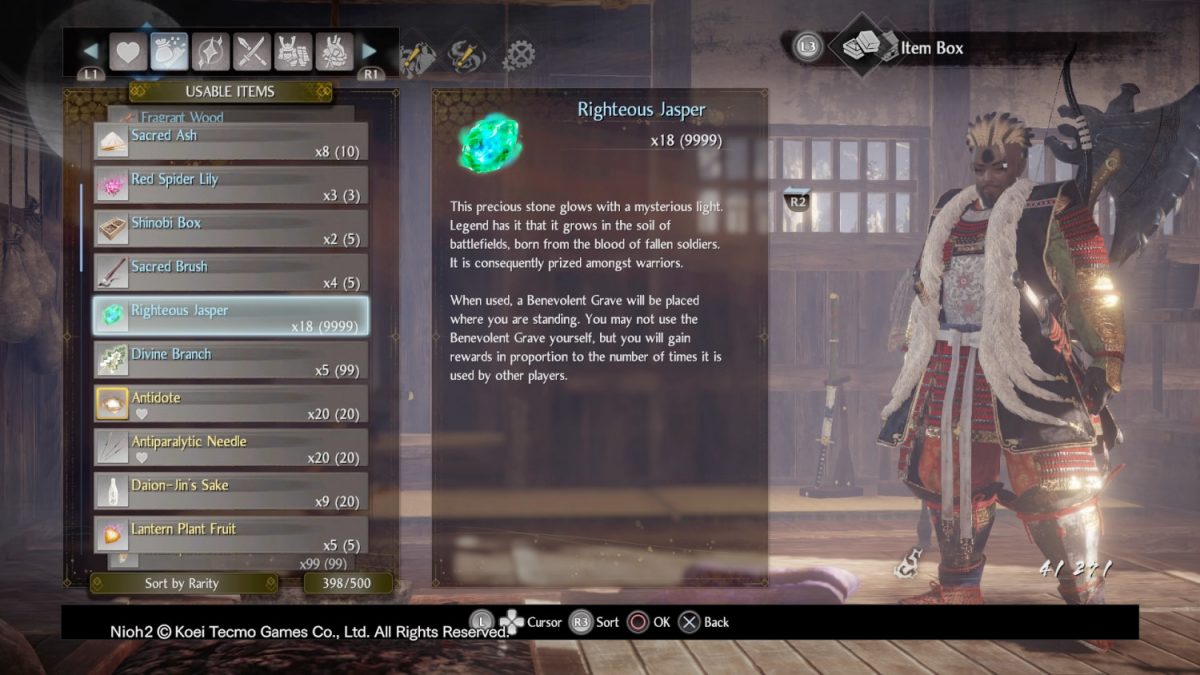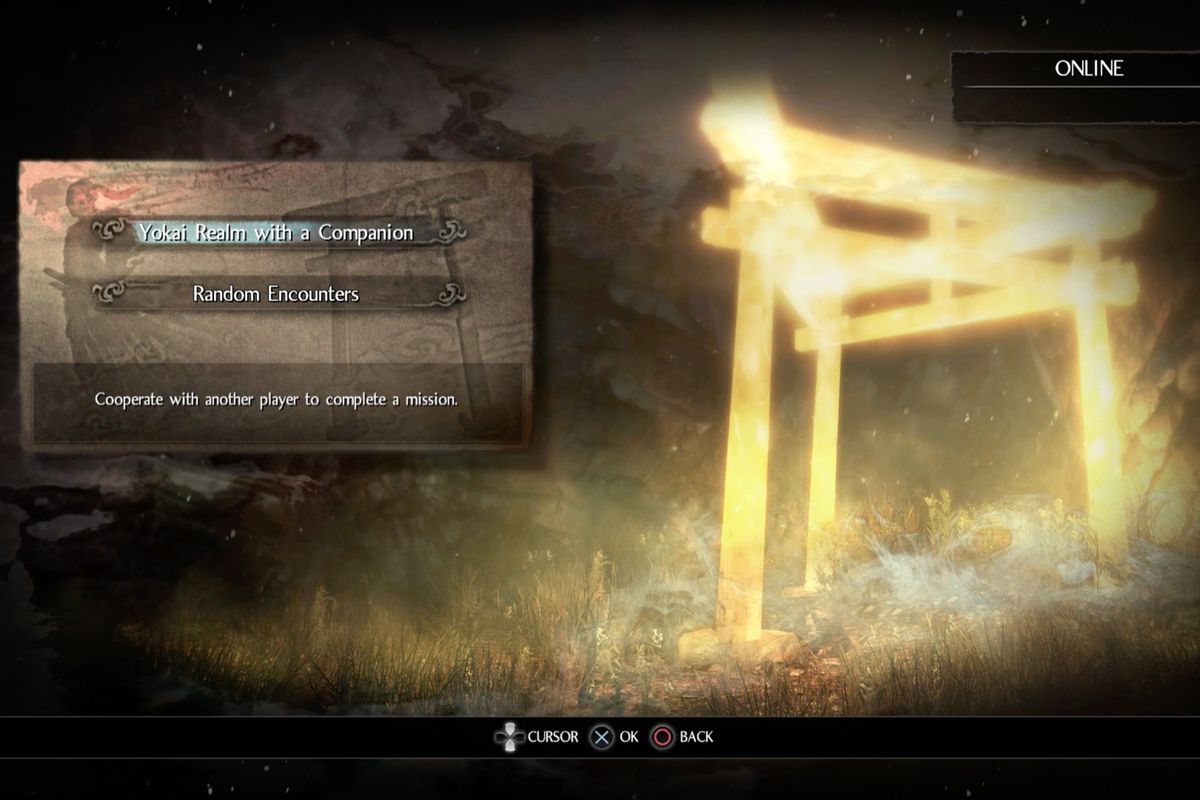In games such as Nioh 2 or Dark Souls, dying over and over again is part and parcel of the gameplay loop. However, while many might deem this as the genre’s greatest strength, it can also serve as a massive barrier to entry for many newcomers. As such, the presence of online multiplayer is a godsend for those new to the game.

We’re not going to mince our words here; Nioh 2 is difficult. In fact, it might even be more difficult than its FromSoftware cousins. Despite this, Koei Tecmo is aware of just how difficult it’s made the game to be, and has given players a host of opportunities and benefits to enable them to get by, even when going at it solo. But sometimes, certain missions or areas of the game can leave one fuming after dying too many times, despite multiple attempts to “get good”.
In any case, here are 3 main reasons why you should definitely try out multiplayer in Nioh 2.
#1. Summon Visitor

That’s where Nioh 2’s online multiplayer comes in. There are several ways in which players can access it; the first of which is by simply inviting other players to your session via the Summon Visitor feature. This allows players to quickly get another human player over to their game, which is great especially when in a pinch.
To do so, simply head over to the nearest Shrine, from which the option to Summon Visitor will be available. Summoning another player will require Ochoko Cups, which can be farmed by killing red Revenants from the many red graves one might encounter in each mission. Custom settings such as Friends Only and passwords can be set as well, depending on your preference. Alternatively, you can also enter a mission as a Visitor, in case you don’t want to spend any Ochoko Cups and let other players do the heavy lifting of summoning you to their session instead.

#2. Benevolent Graves

So in the course of your playthrough, you’ll definitely have encountered both the red graves, which summon Revenants of dead players, or blue ones, which are called Benevolent Graves. When activated, these graves do summon Benevolent Spirits, a.k.a the avatars of other players, that are friendly to you and help you out in fights.
The only difference is that these are AI-controlled, despite bearing the player’s own equipment. It’s also another quick way to get additional help, especially when trying to get past a particularly difficult area or boss. But of course, when the Spirits die, they don’t come back, so best take advantage of when they’re around to dish out as much damage on your end as possible. Using a Benevolent Grave is fairly straightforward; simply interact with it and, for the cost of several Ochoko Cups (depending on the avatar’s relevant level to yours), will summon a Benevolent Spirit.

For those who want to leave their own Benevolent Graves for other players to use, it’s possible with the help of an item called the Righteous Jasper. Simply using it in any location will copy your current level and equipment over to the Benevolent Spirit that other players will summon. Righteous Jaspers can be found when completing main and sub missions, as well as when other players actually use your Benevolent Grave. As such, it’s good to gear up properly before posting up your own Graves.

#3. Torii Gate

Arguably the most risky, but most rewarding, online co-op feature in Nioh 2 is the Torii Gate, which can be accessed via the mission area’s Starting Point. From the Torii Gate, players will have two main co-op modes: Random Encounters and Expeditions. Both options will put you and up to two other players in any mission, and run through it as per normal. The difference here is that monsters get exponentially tougher the more players are present. And as a plus, no Ochoko Cups are required — just a decent internet connection.
Random Encounters are basically quick matches that you can jump into with other random players playing random missions. This is the more risky option of the two, as it means it might not guarantee a successful mission for the group. Expeditions are custom sessions which allow you to pick a mission and jump into it with other players. You can even set up your own session and customise it to invite friends only, and password protect it.

Running missions through the Torii Gate will feel like standard fare, but as we described earlier, will feature tougher monsters due to the higher number of players. What’s unique about this is that there will be an Assist Gauge, which is essentially a group health bar. If it drops to zero, the entire mission fails, and the group will have to start over from the very beginning. Each time a player dies, the gauge will gradually deplete. To prevent it from going down too quickly, other players will have to quickly move to where the dead player’s grave is and interact with it.
Of course, the dead players themselves can opt to revive on their own, but at the cost of a more depleted Assist Gauge. As such, it’s up to the players to manage their own resources and health, and not make too many risky decisions in favour of ending the mission successfully.

And speaking of completing missions successfully, doing so will grant players a slew of rewards on top of what they’ve acquired in the missions themselves, including additional Amrita and Gold, as well as rare gear to further enhance your stats. But even if the mission is a failure, there will be some consolation Amrita and Gold given, so not all your efforts will be for naught, at least.

And those are the main ways in which one can access co-op multiplayer in Nioh 2. For an extremely tough action RPG, its various co-op multiplayer elements make it much more enjoyable, as the burden is shared among players. But when all is said and done, you will still die. But fret not, because dying is a main gameplay mechanic of Nioh 2 and its predecessor. You only need to get used to that part, and before long you’d have completed your first playthrough.
Marion has a serious RPG addiction. Sometimes it bleeds into real life; he forgets to sleep because he thinks he has a Witcher’s body clock. Forgive him in advance if he suddenly blurts out terms such as “Mind Flayer” and “Magic Missile”, because never once does he stop thinking about his next Dungeons & Dragons game.













